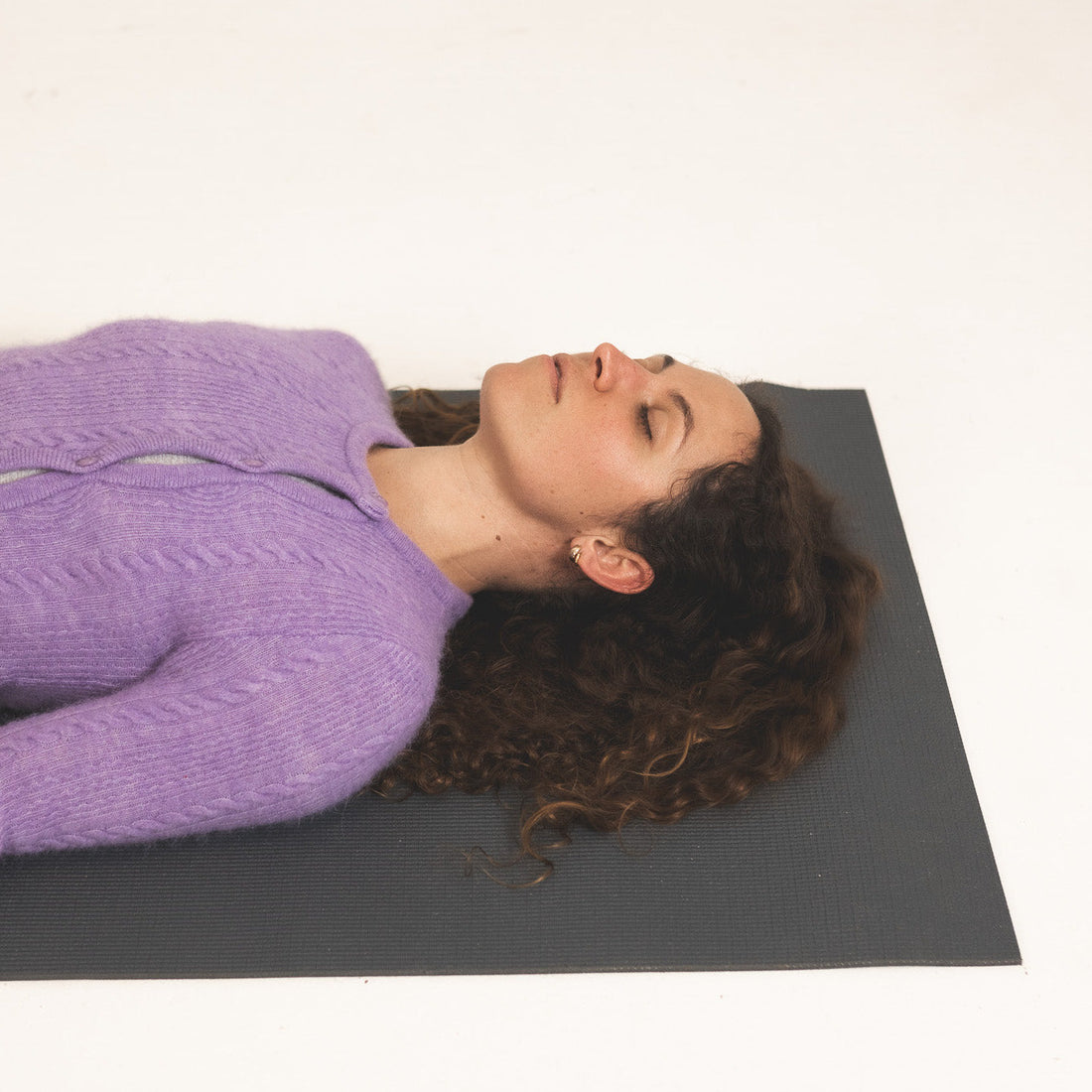
Resilience and Mobility: Why Your Nervous System Needs Both
Share
When we think about resilience, we often imagine inner strength, mental endurance, or emotional toughness. But from a nervous system perspective, resilience is something else entirely—it’s the ability to move flexibly between different states of arousal and regulation, without getting stuck.
At Regulate Mind and Body, we define resilience as the capacity to return to safety and connection after stress—and mobility as the ability to shift fluidly through nervous system states with awareness and ease. Both are essential. And both can be practiced.
Why Mobility Matters to the Nervous System
The human nervous system isn’t designed to be calm all the time. It’s designed to respond, to protect, and—when the threat is over—to recover. But for many of us living with trauma, anxiety, or chronic pain, the nervous system gets stuck in survival mode: fight, flight, or freeze.
This lack of mobility in your nervous system can start to show up as:
-
Emotional overwhelm or shutdown
-
Rigid thinking or difficulty making decisions
-
Physical tension, fatigue, or reduced flexibility
-
Feeling numb, disconnected, or highly reactive
If this feels familiar, know this: it’s not a personal failure. It’s your body doing its best to keep you safe. But with the right tools and support, you can build a more resilient and mobile system.
Building Resilience Through the Body
Your body holds your survival responses—and it also holds the potential for healing. That’s why bottom-up approaches like stretch therapy, sensory tools, and vagal tone exercises are so effective. They target the autonomic nervous system directly, helping the body shift from protection into connection.
At Regulate Mind and Body, we use:
-
Contract–Relax stretch therapy to release held tension and activate the parasympathetic nervous system
-
Sensory-based techniques that provide grounding, comfort, and proprioceptive input
-
Vagus nerve support tools to promote regulation and calm
-
Routine movement and breath practices that support mobility in both body and mind
The goal is not to stay in one state (like “calm”) all the time—but to move through states with awareness and agency.
Flexibility Isn’t Just Physical
When your nervous system becomes more flexible, your emotional landscape becomes more manageable. You’re better able to:
-
Stay present during stress
-
Recover more quickly after being triggered
-
Make clearer decisions and feel connected to others
-
Reclaim joy, curiosity, and energy
We often say: Regulation is not about perfection. It’s about movement. It’s about coming back to safety when you’ve drifted from it, again and again, until that becomes your baseline.
A Practice That Rewires
This is exactly why our Regulating Nervous System Pathways Program was created. It’s not just about stretching—it’s about using stretch as a regulated, repetitive, safe practice to restore movement, flexibility, and connection—physically and neurologically.
Through structured, guided sessions—paired with Polyvagal education—you’ll learn how to:
-
Understand your nervous system
-
Identify your current state
-
Use movement and breath to shift states gently
-
Create an ongoing regulation practice that fits your lifestyle
And over time? That consistent practice becomes your pathway to resilience.
Final Thoughts: Your Body Remembers Safety
Your body is not broken. It may be stuck, tight, or tired—but it remembers how to move. How to feel joy. How to connect. That’s the heart of what we do at Regulate Mind and Body. We help you return to that memory. Safely, slowly, and with the guidance and tools you need.
If you’re ready to stretch into something new—something grounded, empowered, and real—we’d love to support you.
Explore our program here and discover your body’s capacity for resilience and mobility.
